Chic Nostalgia and Neon Dreams: Inside Paris Fashion Week’s Split Personality
There was a distinct friction in the air during Paris Fashion Week—an electrified push-and-pull between reverence and rebellion. Eye for Fashion couldn’t help but notice how this season didn’t so much blend eras as it set them against one another, producing a dazzling collision of worlds: past and future, softness and spectacle, structure and surrealism.
“This was not a week for passive fashion,” we observed from our seat at the Dior show. “It was fashion in tension—each collection a dialogue between memory and momentum.”
The Elegance of Memory: A Revival in Motion
Some of the strongest statements this season weren’t loud—they were composed, deliberate, rooted in the art of tailoring and the language of form.
At Dior, Maria Grazia Chiuri brought restraint to life. Eye for Fashion noted the confidence in her silhouettes: trapèze skirts that whispered rather than shouted, and high-cut gloves that gave each look a quiet formality. The mirrored setting at the Musée Rodin served not just as a backdrop, but as a metaphor for the self-reflection this collection invited.“This wasn’t nostalgia for nostalgia’s sake,” we wrote in our notebook. “Chiuri’s woman is rooted in history—but she’s no relic. She’s armoured in beauty, not buried by it.”
Valentino, on the other hand, delivered what we can only describe as “runway poetry.” Pierpaolo Piccioli revived 19th-century volume and silhouette with an operatic scale. His use of color—deep violets, overripe reds, imperial gold—spoke to an emotional kind of excess. As Eye for Fashion remarked post-show, “Each look felt like a love letter to fashion’s theatrical heart. Valentino doesn’t whisper; it sings.”
At Armani Privé, twenty years of haute couture were honored with a collection that shimmered in restraint. Crystals twinkled like punctuation marks. Silks moved like water. “There’s nothing louder than elegance delivered with silence,” we wrote.
Final Thoughts
This season in Paris gave us a runway full of contradictions—and that’s exactly what made it unforgettable. From Dior’s quiet grace to Coperni’s neon-fueled spectacle, designers embraced duality as a source of strength. The past was not discarded but reinterpreted; the future, not just imagined, but worn. Paris Fashion Week reminded us that fashion doesn’t have to choose between memory and momentum—it can live beautifully in both.
Now, as we turn toward Paris Men’s Fashion Week, Eye for Fashion is watching with anticipation. Will the refined restraint we saw in womenswear reappear through tailoring and structure? Or will menswear push even further into the bold, digital, and kinetic? We expect echoes, we hope for surprises—and we know that Paris always delivers both. Fashion’s next chapter is being written now, and we’ll be there to follow every look, every shift, every statement.
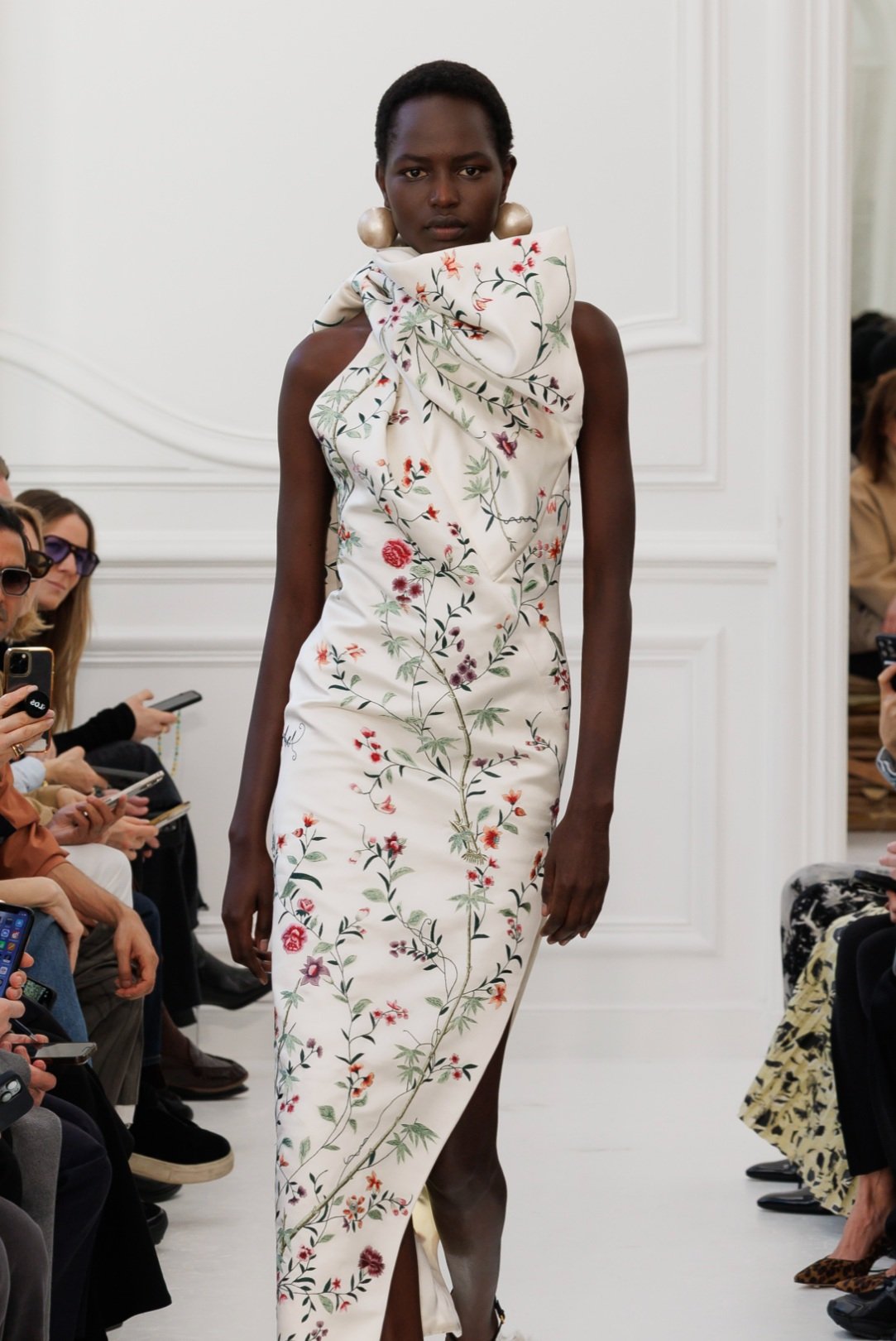
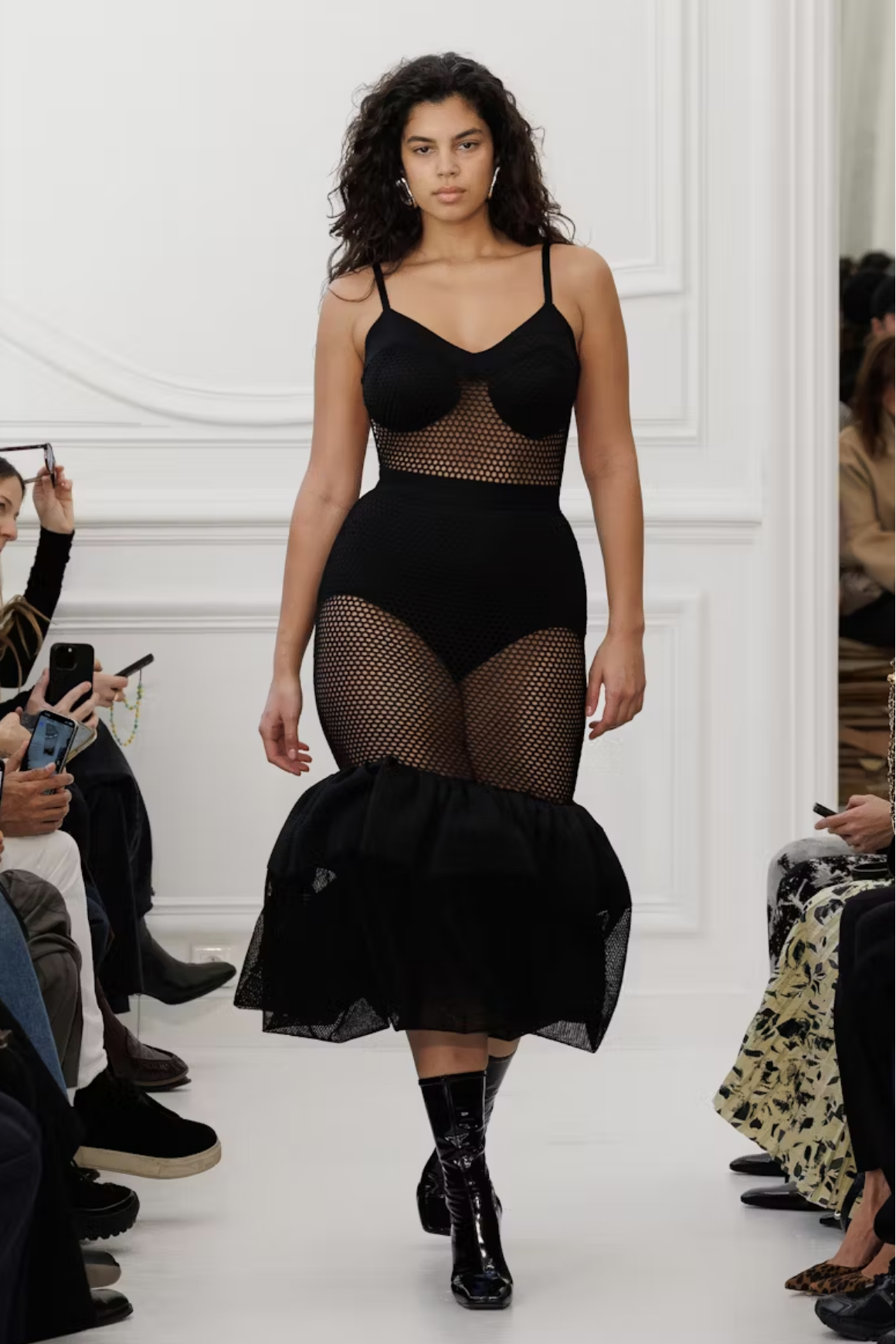


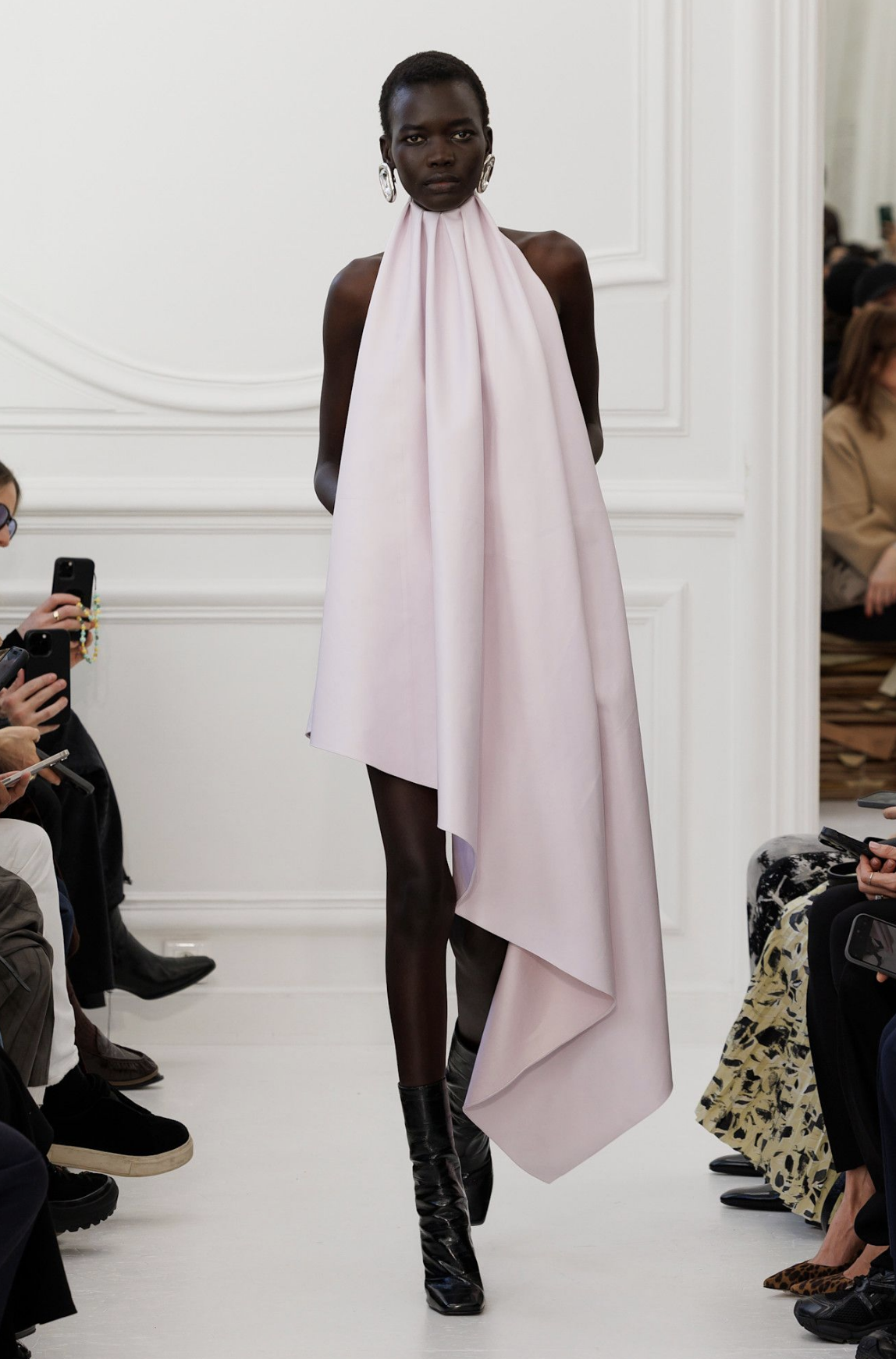
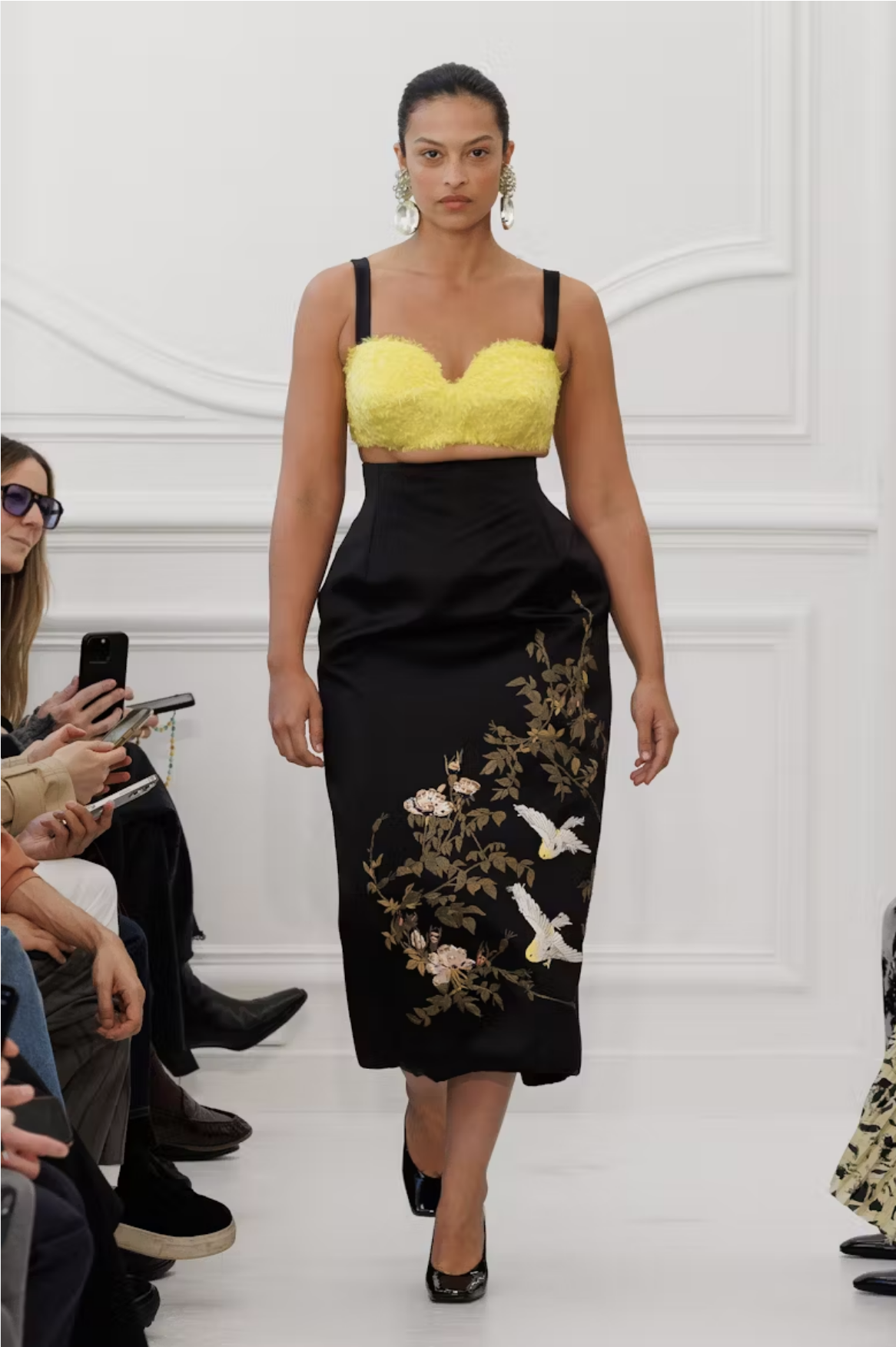
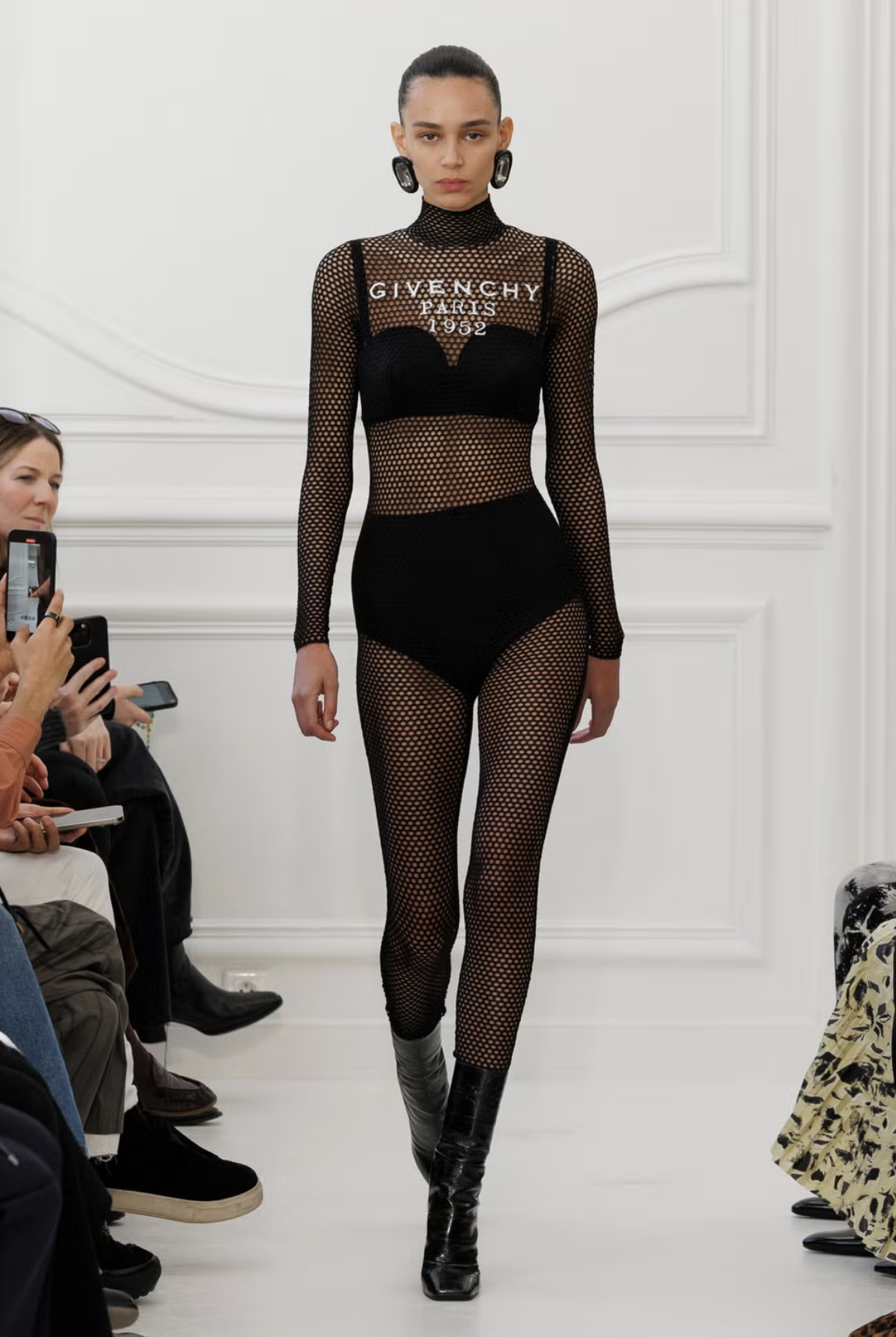
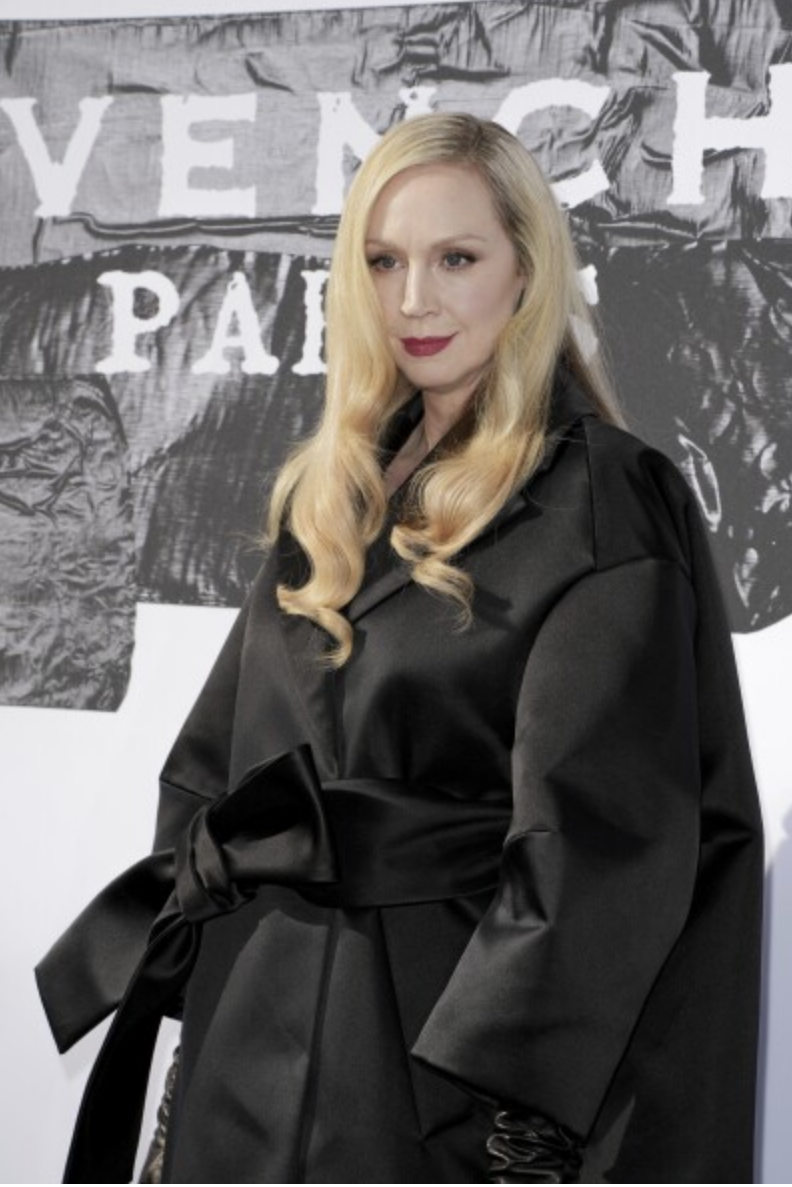
Givenchy, newly helmed by Sarah Burton, offered a counterpoint. Her work felt intimate, almost introspective. After the show, we reflected: “To begin your tenure by literally excavating the past—digging out Hubert’s original sketches from the walls—is not just poetic. It’s personal. This was a collection in conversation with its own ghosts.”
The Energy of Now: When Fashion Meets Future
If the past was polished and poetic, the future roared.
Eye for Fashion called it: Coperni’s show at Disneyland Paris was the kind of bold gesture Paris Fashion Week lives for. It was camp, it was concept, and it was captivating. The metallic fabrics, kinetic lighting, and digital eyewear were less about practicality and more about pushing boundaries.
“We didn’t come to Disneyland for magic—we came for the future. But Coperni gave us both,” we noted.
Louis Vuitton, under Pharrell Williams, delivered a visual remix. The show buzzed with energy, not least because of its music-driven sensibility and its tribute to street culture. “If you’re still asking whether Pharrell belongs at Louis Vuitton,” we wrote after the show, “you’re missing the point. He’s not fitting in—he’s shifting the frame.”
Then came Balenciaga, a show that felt less like fashion and more like fortification. Demna’s industrial silhouettes, exaggerated sneakers, and utilitarian tailoring were unflinching. Eye for Fashion noted, “This wasn’t just clothing. It was survival gear, sculpted with cynicism and intelligence.”
Magnificent photo of Coprinis Disney Dream
Front Rows and Fashion’s Cultural Pulse
The dualities of the runway played out, too, in the front rows. Eye for Fashion spotted the contrasts instantly.
Kylie Jenner, wrapped in sculptural black satin at Chanel, looked every bit the couture siren. Meanwhile, Dua Lipa exuded polish and power at Saint Laurent, cutting a figure of precision in bold-shouldered tailoring. And then there was Pamela Anderson—barefaced, luminous, and unexpected in her quiet softness.
“This season,” we noted, “Pamela didn’t wear fashion—she subverted it.”
On the catwalks, Bella Hadid opened Valentino in a show-stopping embroidered gown. Her presence felt less like a casting choice and more like a crowning. At Coperni, Kid Cudi turned heads in acid-toned Balenciaga, embodying the show’s spirit of playful defiance.
Paris, Divided and Divine
“This wasn’t a cohesive fashion week,” we concluded in our editorial debrief. “It was better than that. It was conflicted, which is exactly what makes it contemporary.”
Designers didn’t feel the need to reconcile past and future—they allowed them to exist side by side, sometimes even in the same garment. Fashion, it turns out, no longer has to choose. It can wear a silk glove and a smart visor. It can walk in crystal heels or LED-lit sneakers. It can be Valentino and Coperni, Givenchy and Vuitton.
If this season proved anything, it’s that fashion’s split personality isn’t a weakness. It’s its greatest strength.
And as we left the final show under the flicker of both strobe lights and moonlight, Eye for Fashion wrote one last line in our notebook:
“This is what contradiction looks like when it’s cut on the bias, styled with intention, and sent down the runway. It looks like the future.”






